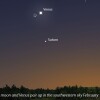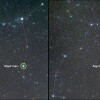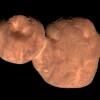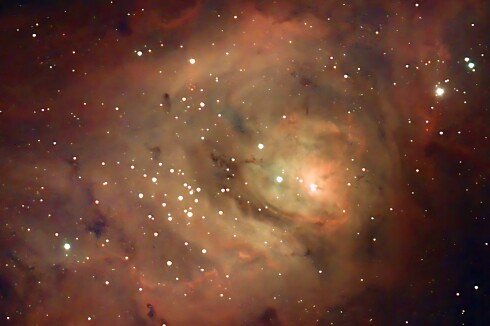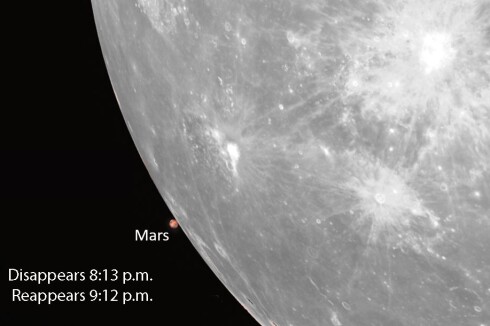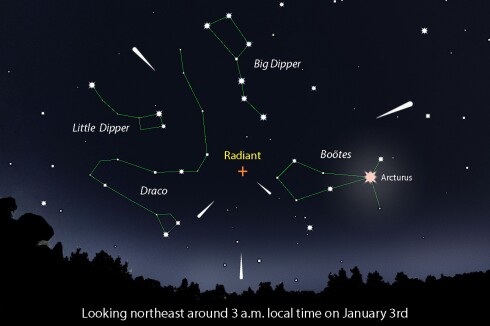How many constellations have you seen? There are 88 in total across both hemispheres. If you don't mind traveling to faraway places it's possible to see them all in a lifetime. I'd better get cracking. Although I've vacationed south of the equator several times in my three score plus 11 I'm still 9 short of a full deck.
Any constellation-seeker needs good maps or apps to help find these patterns in the starry chaos of the night sky. One of the best is Stellarium Mobile for iPhone and Android. Another is Sky & Telescope's interactive sky chart at skyandtelescope.org/interactive-sky-chart .
ADVERTISEMENT
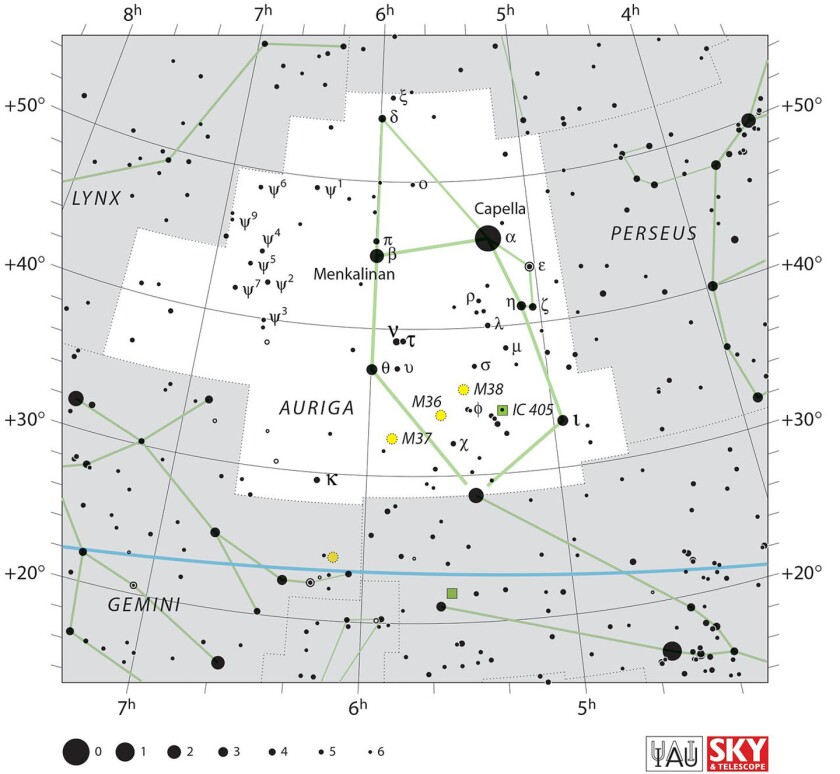
Wouldn't it also be nice if there was a one-stop shop where you could peruse photos of every constellation on your bucket list, connect the dots that outline the figures and learn a little about their history? Now you can. The National Science Foundation's NOIRLab just launched its 88 Constellations project — a collection of free, high resolution, downloadable images of every constellation.
Each includes historical information, stick-figure outlines, notable objects for observation and gorgeous photos of galaxies, nebulae and star clusters particular to that constellation.
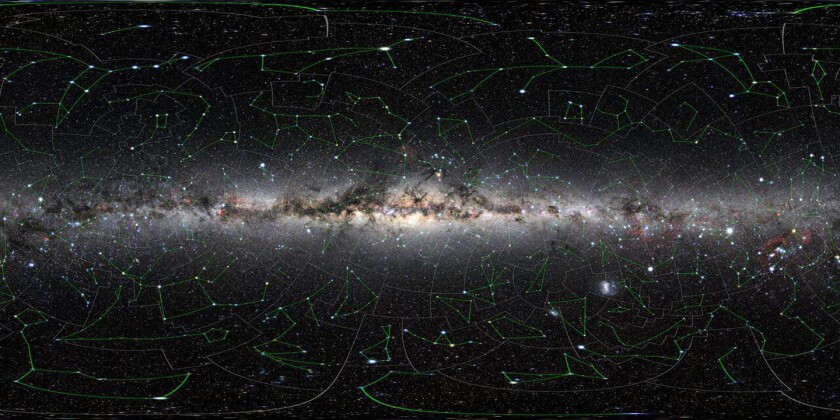
The project also released the largest open-source, freely available, all-sky photo of the night sky. I encourage you to check out the interactive version of the image at https://noirlab.edu/public/images/noirlab2430a/ . When you do, tap on the full-screen icon in the upper left corner, then drag and scroll your mouse to explore where each constellation sits in the night sky and its relation to the band of the Milky Way. There are even downloadable flashcards for classroom use with simplified stick figures in yellow and orange.
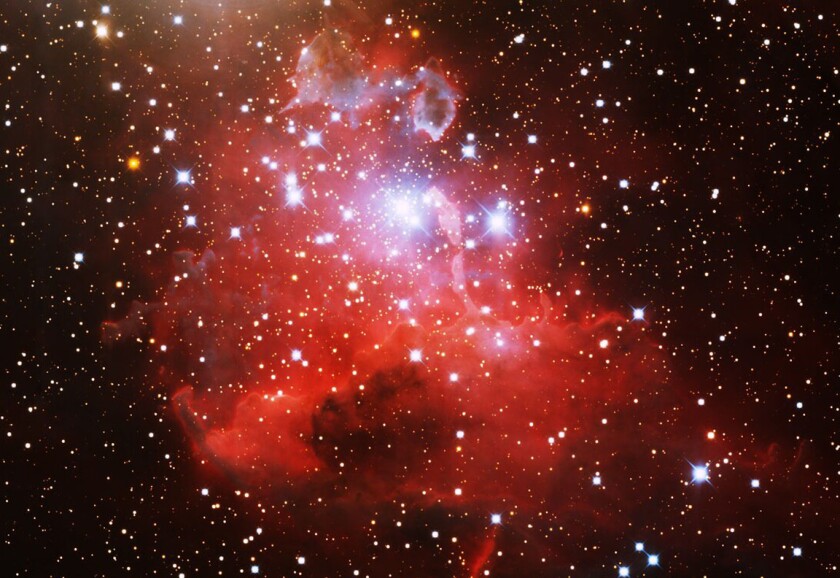
German astrophotographer Eckhard Slawik took all the images — on film no less! — from dark-sky locations in Germany, Spain, Namibia and Chile. His pictures combine exposures with and without a diffusing filter. That's why the stars look like points surrounded by small, fuzzy cocoons of light. The technique both puffs up the brighter stars, making them easier to distinguish, and emphasizes their colors.
The 88 Constellations images and information are easy enough for even younger children to understand and explore. They also work pretty well for us older kids.



